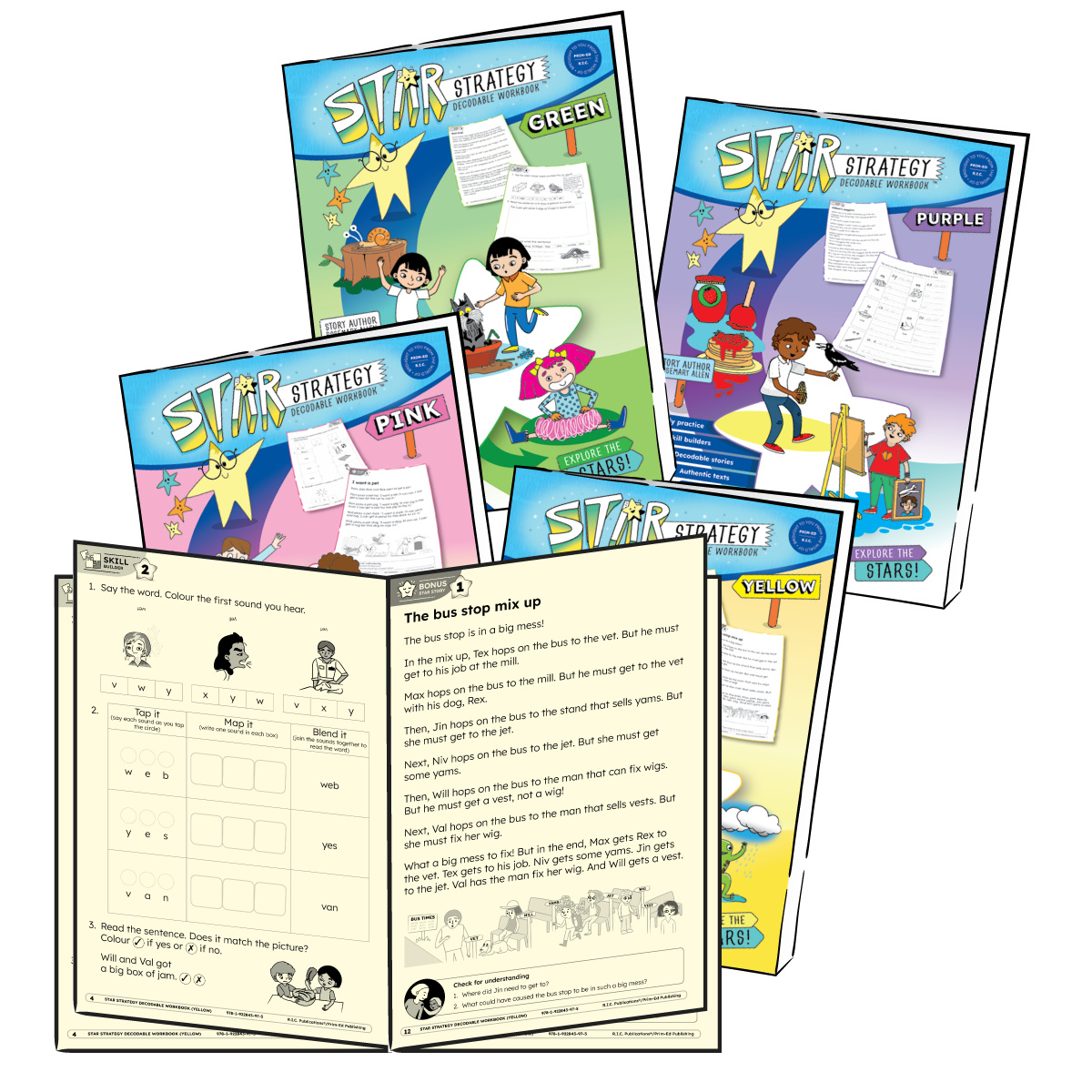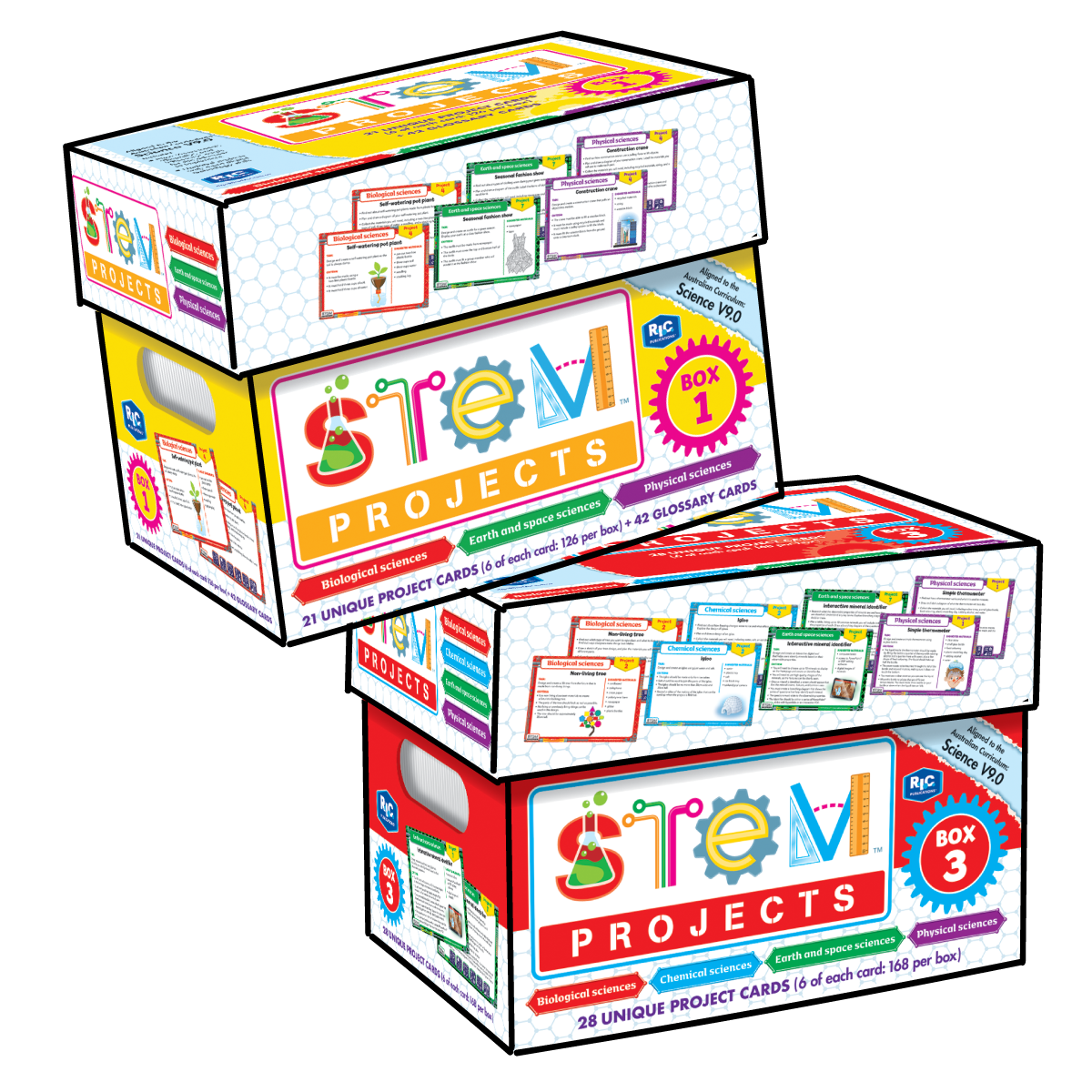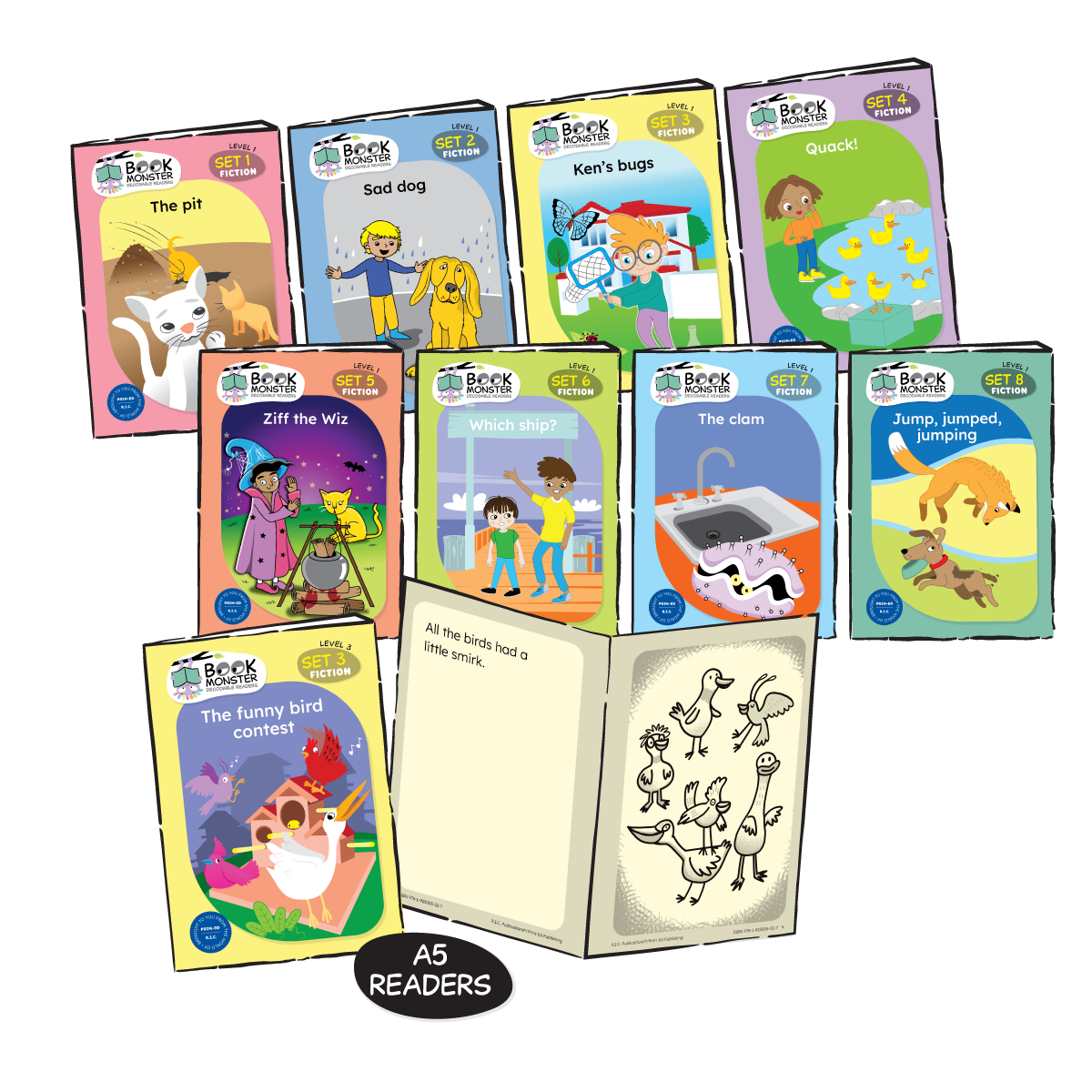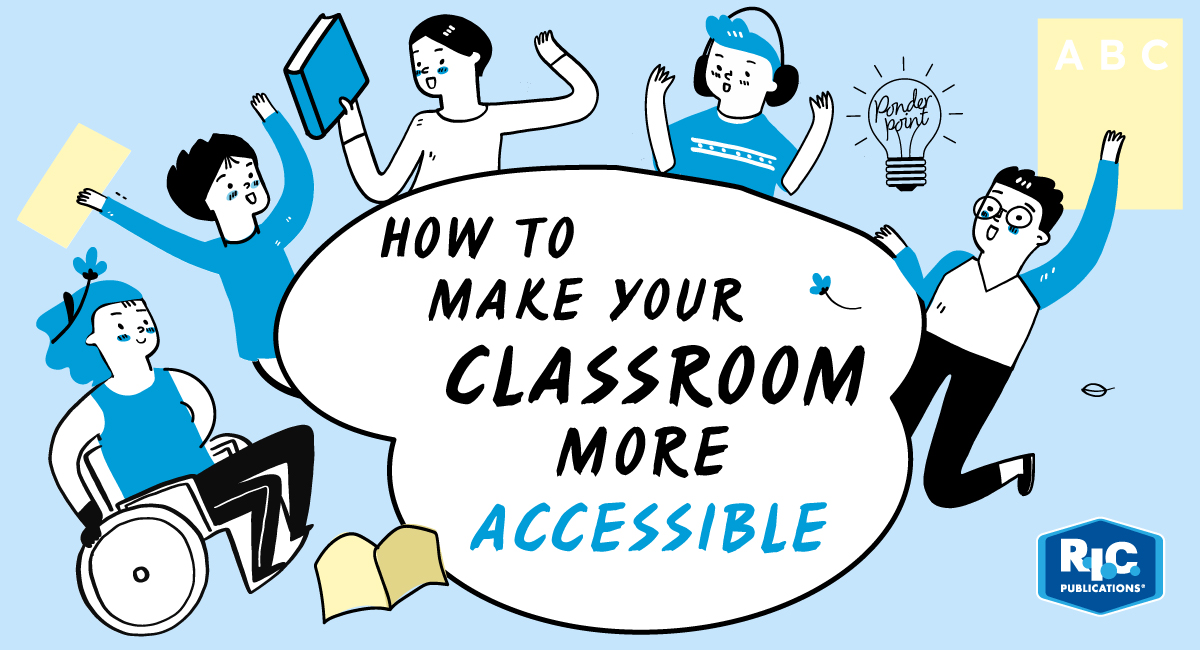- Thursday 18 April 2024
- 0 Comments
Everyone learns in different ways, which is why it’s so important to have varied and accessible resources available to support lesson planning and teaching.
Here at R.I.C. Publications, we’re committed to ensuring our educational resources are accessible for all learning styles and preferences, which is why we partner with specialist consultants and advisors during the production process.
If you’re wondering how you can make your classroom and lessons more inclusive, we’ve rounded up the best strategies and suggestions in this article to get you started.

The biggest challenges in classroom learning
When it comes to learner preferences and accessibility needs, there are three common struggles that arise in non-accessible classroom settings:
1. Limitations on engagement, understanding and options available
When a learner feels limited in their ability to engage with material and grasp new concepts, it could be due to a number of reasons. But a few examples include:
- Limited formatting options (such as small font sizes or dense paragraphs)
- Books that lack diversity in representation, examples and perspectives (which may not resonate with learners from various backgrounds)
- Limited assessment styles (such as written exams, as opposed to projects, presentations or practical demonstrations.)
- Limitations on learning environment, spaces and tools available (such as physical or social classroom aspects.)
2. Lack of differentiation to cater to different learner types
Not everybody learns in the same way, which is why differentiation is important in teaching material. Lessons need to be presented in multiple ways that cater to three types of learners:
- Visual learners – these learners prefer to learn through visual aids such as diagrams, charts and graphs, as well as colourful and well-organised visual material. Only having auditory or text based instruction will be challenging for visual learners.
- Auditory learners – these learners prefer listening to spoken information, and benefit from discussions, receiving verbal explanations, and attending lectures. Silent reading or solely visual lessons can be challenging for auditory learners.
- Kinesthetic learners – these learners prefer hands-on experiences and physical activities such as interactive lessons, experiments and practical applications. Solely teaching through passive methods can be challenging for kinesthetic learners.
It’s important to note that learning styles aren’t limited to individual students–it can also apply to different subjects. For example, some students grasp mathematics better through kinesthetic learning, but comprehend English better by listening or having visual aids.
3. Resources that don’t follow universal design principles
When it comes to workbooks, printable activity sheets and digital support resources, it’s important that the material has been designed for readability, clarity and adaptability.
- Readability – look for resources that use a clear font and size, high contrast background and optimal line spacing.
- Clarity – choose resources that use headings and subheadings to organise content, bullet points and lists for digestibility, and simple, straightforward language.
- Adaptability – look for resources that provide multiple learning formats (e.g. text, audio, visual), responsive digital designs and reflowable formats, as well as customisable settings that can be adjusted for learning preferences.

Using ‘Ponder Points’ in the classroom
Because there are so many factors that go into creating an accessible learning environment, we’ve found it helpful to break it up into four areas of consideration:
- Content – what students are learning
- Process – how students are learning
- Product – how students are showing their learning
- Environment – where students are learning
At R.I.C. Publications, we intentionally incorporate ‘Ponder Points’ (question prompts) into our teacher resources to help you think deeply about whether it’s necessary to adjust content, process, product or environment to meet the needs and preferences of students.
Examples of ponder points include:
- Adding extra criteria to make it more challenging (e.g. “Could any of your learners benefit from an extension activity?”)
- Presenting the information in a different way (e.g “Do any of your learners show a preference for auditory learning experiences?”)
- Allowing learners to choose from a selection of pre-specified criteria (e.g. “Do any of your learners thrive when they are allowed to choose the direction of their learning?”)
- Assigning learners in a group a specific role (e.g. “Do any of your learners find it challenging to work in groups?”)
- Allow learners to present their ideas through alternative mediums such as storyboarding or video (e.g. “Do any of your learners have difficulty recording their ideas using writing?”
(P.S: Each of the above ponder points was taken from one of our Revised STEM projects boxes, which is a fantastic classroom series to help incorporate accessible science learning.)

Get started with accessibility in the classroom
When planning your next week of lessons, ask yourself, “what can I change or improve on to make my classroom more accessible?”
Here are some questions to get you started:
Are you incorporating multisensory activities and differentiation that caters to the four ‘Ponder Point’ areas?
Remember, it’s not just about teaching in ways that cater to all four learning styles, it’s about recognising that each individual prefers different learning styles depending on the content, process, product and environment.
To make differentiated lesson planning easier, our Revised STEM projects include “ponder points” to assist with differentiated teaching, and our Star strategy decodable workbooks also incorporate multisensory learning activities.
Are you choosing support resources written by diverse voices, and buying from publishers that mindfully incorporate representation and perspectives from multicultural backgrounds?
It’s difficult for students to relate to and identify with perspectives and stories that don’t reflect their own background, which is why having a diverse range of stories and authors is important.
Our fiction series and workbooks such as Book monster decodable readers, Reading for Me and Star strategy decodable workbook series are written by talented authors from all backgrounds, with qualifications ranging from Psychology, Disability Studies and Linguistics.
Are you creating and choosing support resources that follow the universal design principles?
Some accessible features are easier to incorporate into DIY resources with some additional research (such as a dyslexia friendly font and size) but other aspects (such as non-glare paper or non-distracting artwork) can be harder for a time-limited teacher.
That’s why many of our products (including Book monster decodable readers, Reading for Me and Star strategy decodable workbook series) have accessible features built in to save teachers time and ensure they have the highest quality resources in their classroom that can be used and enjoyed by all students.
